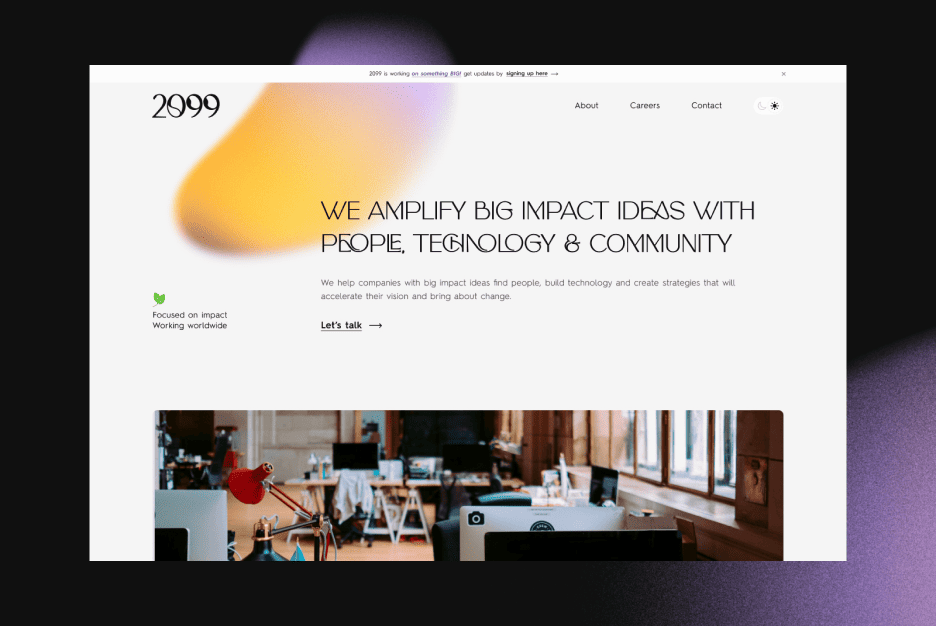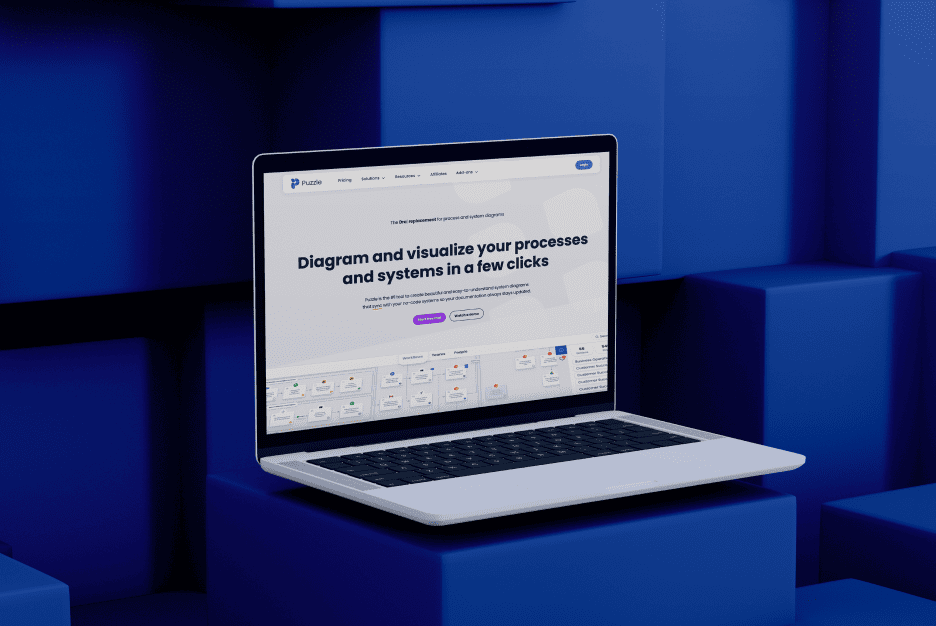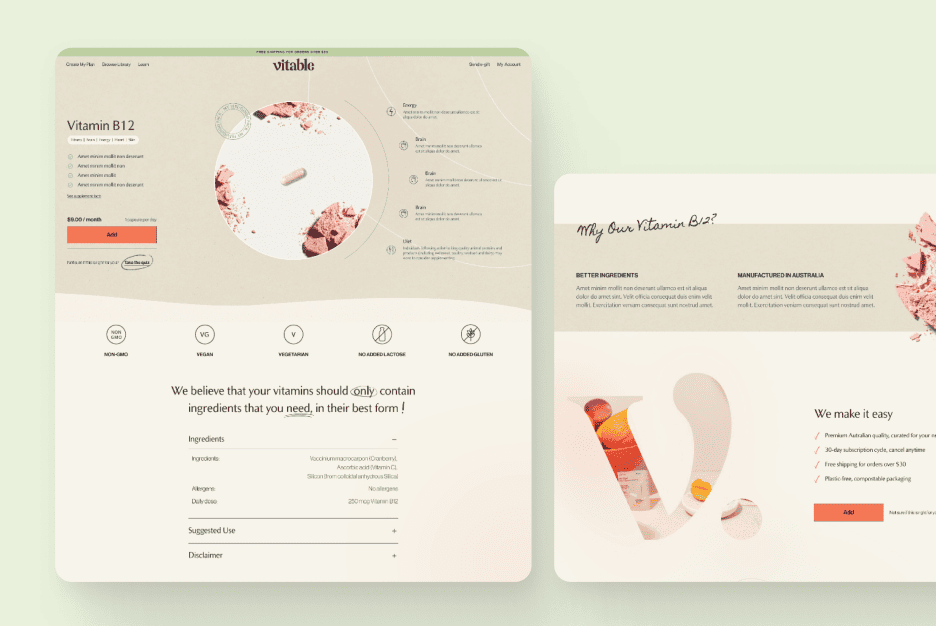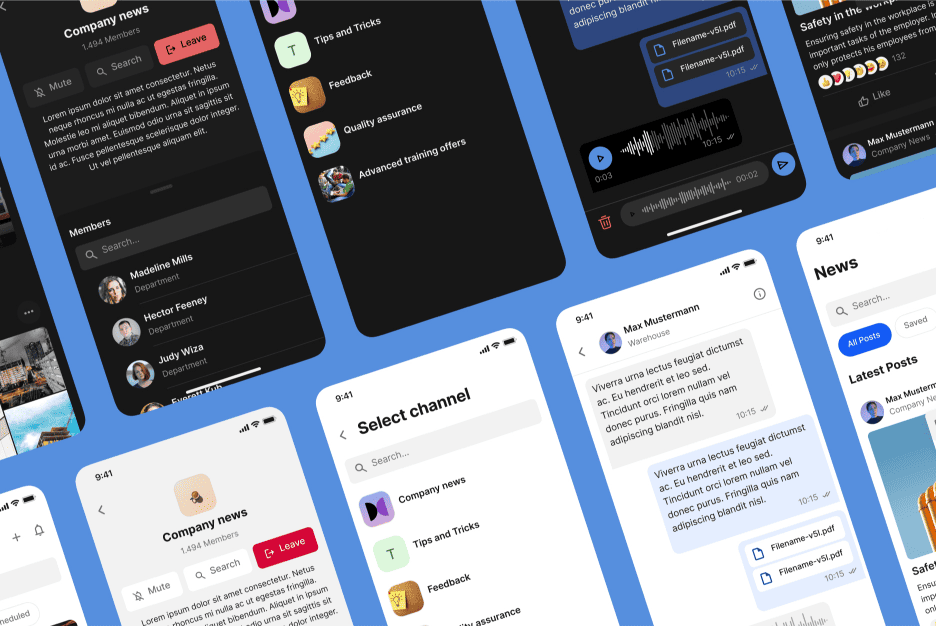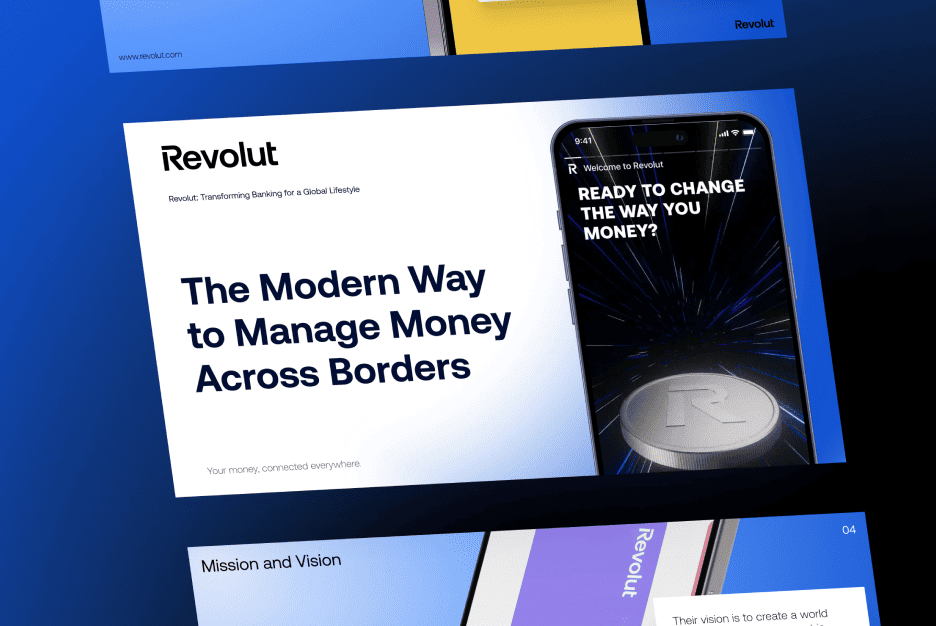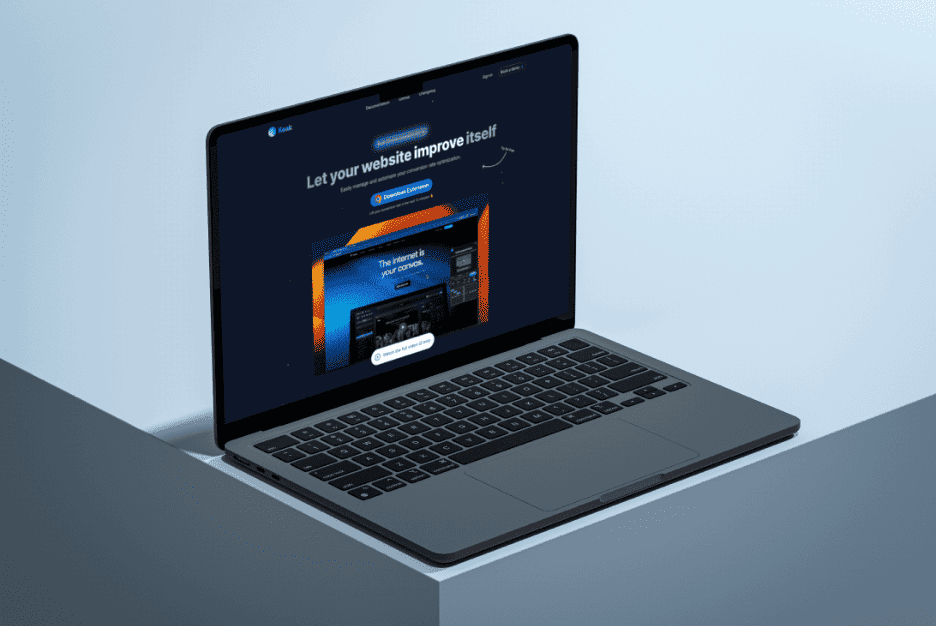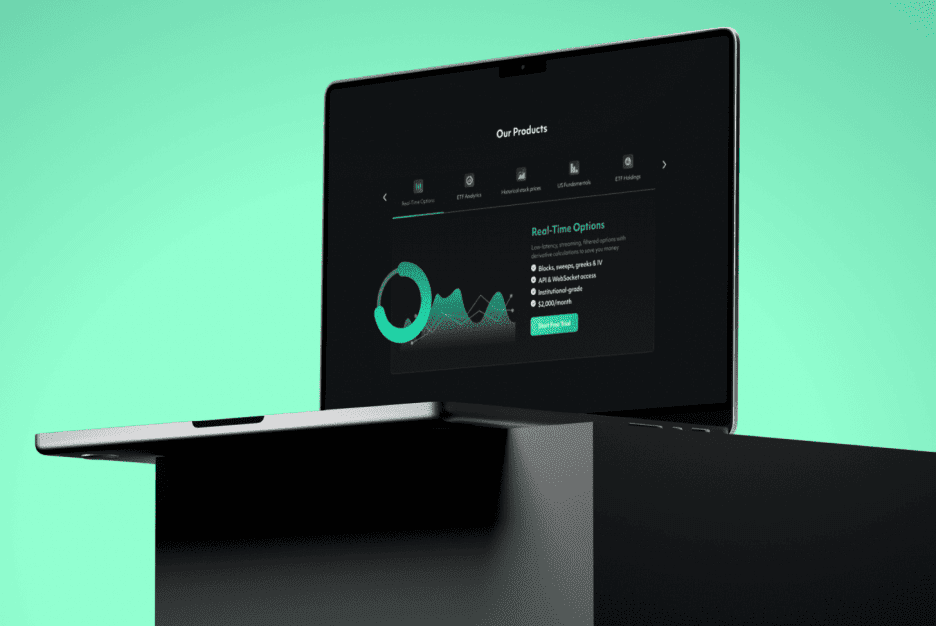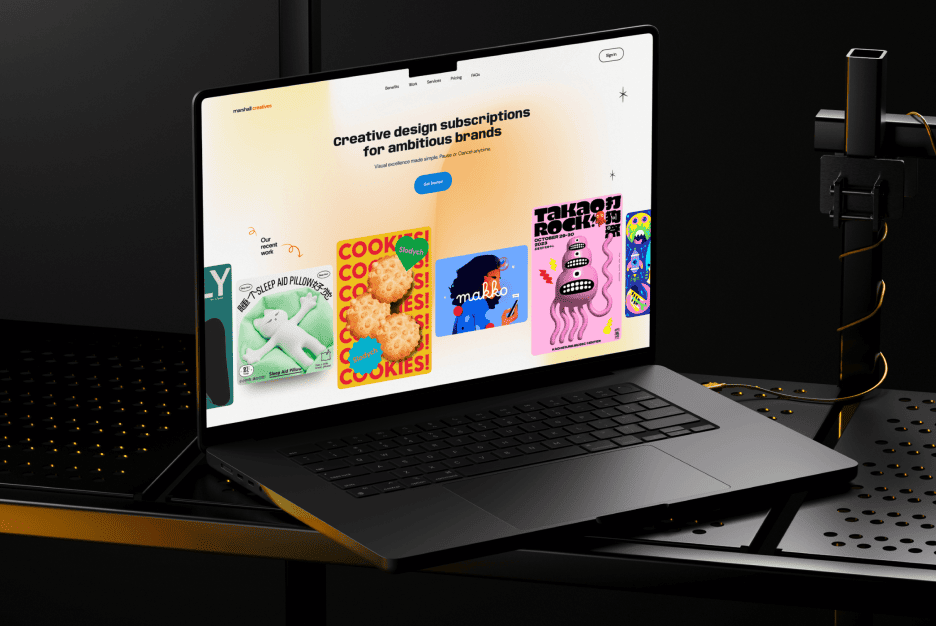Let’s be real: nobody wakes up thinking, “Yes, today I’ll happily spend 15 minutes filling out forms.” People want quick access, a peek inside, and the ability to start using the product right away. But too often, businesses stretch the entry process into a marathon of endless fields—asking everything from your ID number to your pet’s maiden name. That’s when users disappear faster than you can say “verification required.”
In this article, we’ll look at why onboarding still drives people away, where they tend to quit, and how to redesign the process without sacrificing trust—or worse, conversions.
Why traditional onboarding loses customers
Old-fashioned onboarding assumes people have unlimited patience. Spoiler: they don’t. Every extra screen, form field, or document upload feels like yet another wall to climb. The more hoops you add, the more likely users will simply bail.
Take Amazon—you can buy with literally one click. Compare that to some banks that demand 12 separate screens just to open an account. Guess who wins hearts and wallets? Hint: not the paperwork fanatics. When onboarding feels like bureaucracy, customers vanish.
Where users actually quit registration
Most people don’t rage-quit right at the start. Instead, they drop off when the process becomes “too much effort for too little reward.” That moment usually comes when they’re asked to upload several IDs, type endless addresses, or verify with a code that never shows up.
Data often looks like this:
- Around 40% quit when forms feel overwhelming
- About 20% leave at document upload requests
- Roughly 15% exit during messy verification steps
Add that up and you’ve lost half your potential audience before they even touch the product.

The psychology of first steps
Momentum is everything. People crave instant results, and the longer it takes, the weaker the motivation gets.
It’s like joining a gym. On day one, excitement is high. But if sign-up takes two weeks and requires a background check, enthusiasm dies. Digital services are no different—speed fuels excitement, and excitement drives conversion

What can be combined on one screen without ruining UX
Shoving ten forms onto a single page is overwhelming. But grouping related info cleverly can make things feel shorter and more natural. Asking for name and birth date together? Fine. Splitting them across three screens? Torture.
A skilled Designer knows how to bundle information so the brain sees it as one quick step. This technique, called “chunking,” tricks the mind into thinking: “Huh, that was easy.”
Autofill and integrations as acceleration tools
Why force people to retype details their device already knows? Autofill saves them from typing addresses or card numbers again and again. Logging in via Google, Apple, or Facebook also trims unnecessary friction.
Here’s the bonus: integrations don’t just help users—they benefit businesses, too. Using verified accounts cuts down on fake sign-ups and reduces fraud. That’s efficiency on both ends.
Native checks and background validation instead of manual input
No one enjoys getting an “Error on line 5” message after filling out an entire form. Background validation quietly checks details as the user types, lowering mistakes and frustration.
For example, verifying whether an email is valid before submission prevents back-and-forth confusion. Banks and Business Website owners already use this, silently validating info behind the scenes. The user barely notices—and that’s the beauty of it.
Progressive onboarding and step-by-step data collection
Progressive onboarding is all about not scaring people away on day one. Instead of demanding every single detail upfront, you collect only the essentials, then ask for more later when they’re already invested.
Think of it like dating—you don’t unload your entire life story during the first coffee. You reveal information gradually at the right time. This approach works especially well with International Audiences, since comfort levels with data sharing vary across cultures.
Fewer fields more value with smart forms
Smart forms are the hidden champions. By detecting location, device, or language automatically, you can pre-fill a big chunk of the form before the user even starts typing.
Here’s what they can capture instantly:
- Country and city via IP address
- Device type and operating system
- Preferred language
That means less typing, fewer mistakes, and a smoother ride for everyone.

Case studies of companies that shortened sign-up and boosted conversions
Plenty of businesses tested shorter onboarding—and the results are hard to ignore. Dropbox once trimmed its bulky sign-up to just three fields: name, email, password. Adoption skyrocketed.
Even old-school industries are catching on. Some European banks reduced registration steps by 30% and saw double-digit growth in new accounts. Turns out, endless Mission vs. Vision debates don’t matter much if people can’t even get into your product in the first place.
Testing onboarding and A/B experiments to find the perfect flow
Nobody nails the process on the first try. That’s why A/B testing is priceless. You can experiment with button placement, the number of steps, or even the tone of your microcopy. Sometimes changing “Continue” to “Let’s go” lifts completion rates.
The magic of testing is that it kills assumptions. No need for endless arguments about what might work—the data does the talking. And when numbers clearly point to a smoother flow, the choice is easy.
